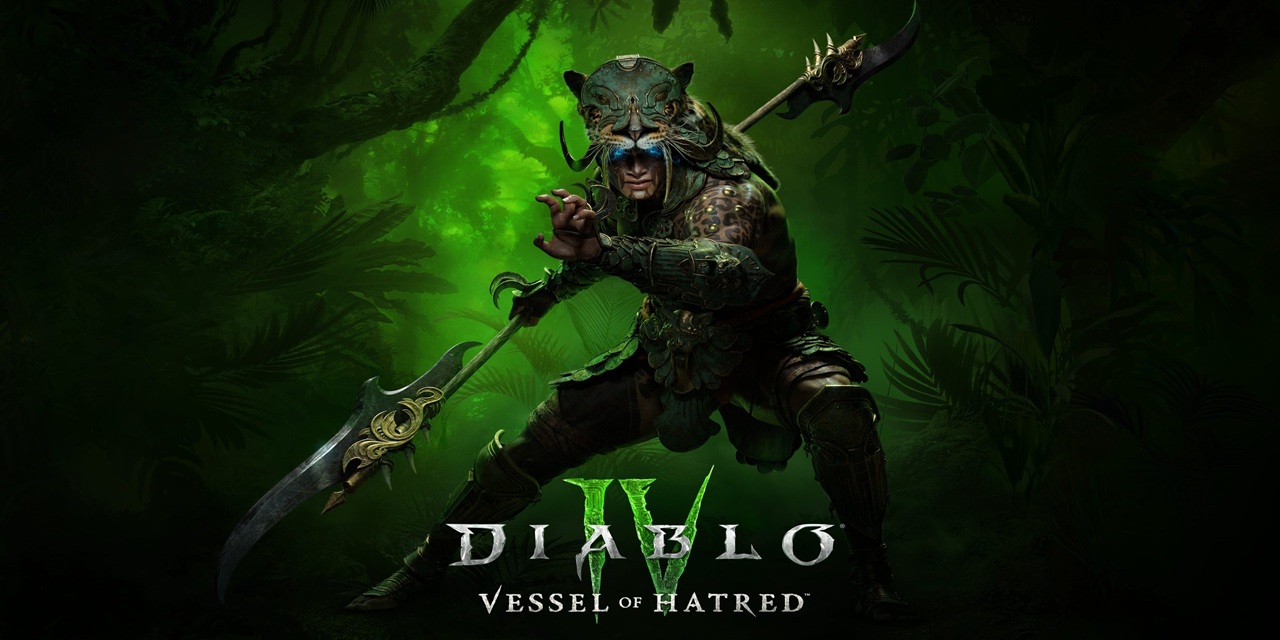Diablo IV: Vessel of Hatred introduces a heap of fantastic new content and gameplay mechanics that significantly enhances the base game experience. This first expansion to the aRPG takes us to a new land mass, the lush yet sinister jungles of Nahantu, introduces a dark extension of the storyline, quality-of-life improvements, and a host of new and welcome mechanics. Coinciding with Season of Hatred Rising, there was a lot to explore which made the levelling process highly engaging for my new Spiritborn character, the game’s first new class since launch.
The expansion picks up right where the main campaign left off, with the protagonist Neyrelle taking Mephisto’s soulstone into the depths of the Nahantu jungle to confront the Prime Evil once and for all. However, her journey takes a dark turn as she inadvertently spreads Mephisto’s corruption throughout the jungle, spawning terrifying new monsters and threatening the region’s flora and fauna. You follow in Neyrelle’s footsteps, accompanied by a Spiritborn mentor named Eru and your mission is to save Neyrelle from Mephisto’s wrath and her bond to the soulstone.
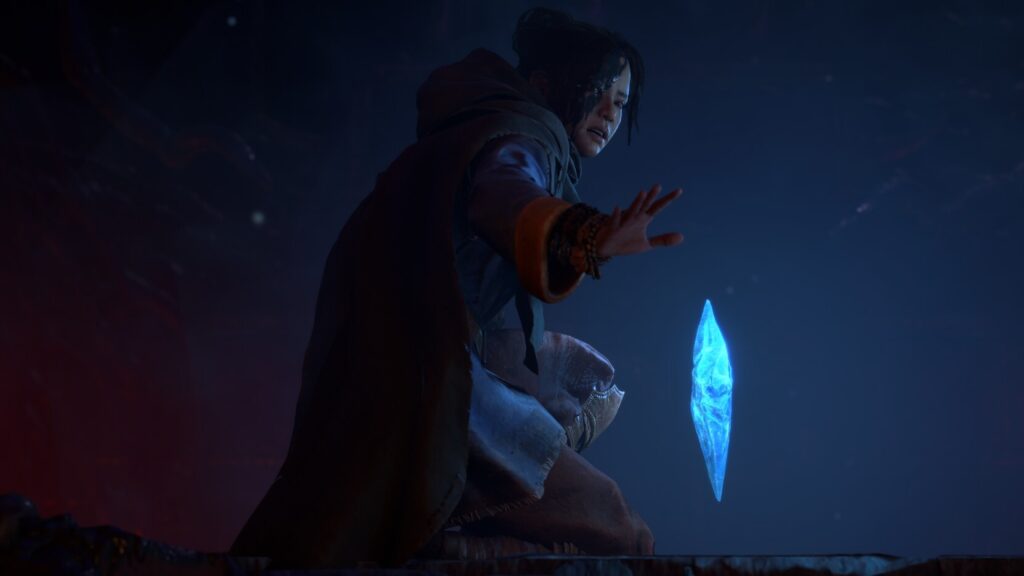
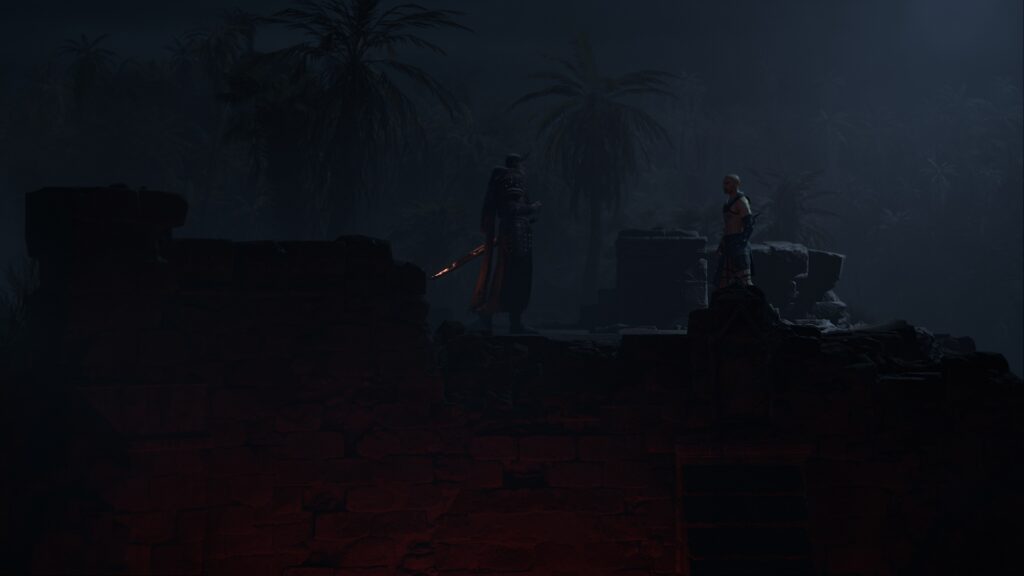
The story is filled with twists as you navigate the treacherous jungles of the new explorable area, uncovering ancient secrets, and facing off against formidable foes. The story started off really dark and had me engaged for several hours, providing a great backdrop to the action-packed gameplay as we move from current lands over to the jungles of Nahantu. Without giving too much away, the expansion delves deeper into the lore of the Diablo universe, offering new insights and challenges to explore.
I was most excited to try out the new Spiritborn class as this was a chance to start the expansion fresh with a different playstyle. Spiritborn are close-combat experts specialising in a variety of melee attacks inspired by four distinct Spirit Animals. This class offers a unique blend of Rogue and Assassin, as well as Druid and Witch Doctor, providing players with a versatile and customizable close-range gameplay experience. Whether playing solo or in a group, Spiritborn are a solid addition to any team. The four specialisations for the Spiritborn offer diverse combat options depending on your playstyle:
- Centipede: This specialisation focuses on poison damage, debuffs, and lifesteal, making it ideal for players who enjoy controlling the battlefield.
- Jaguar: This is the specialisation I chose as it excels at burst damage and attack speed, offering a high-damage, fast-paced playstyle.
- Eagle: This specialisation prioritises mobility, evasion, and lightning damage, allowing for a more agile and elusive combat style.
- Gorilla: This specialisation is all about survivability and physical damage, making it a great choice for players who prefer a tankier role.
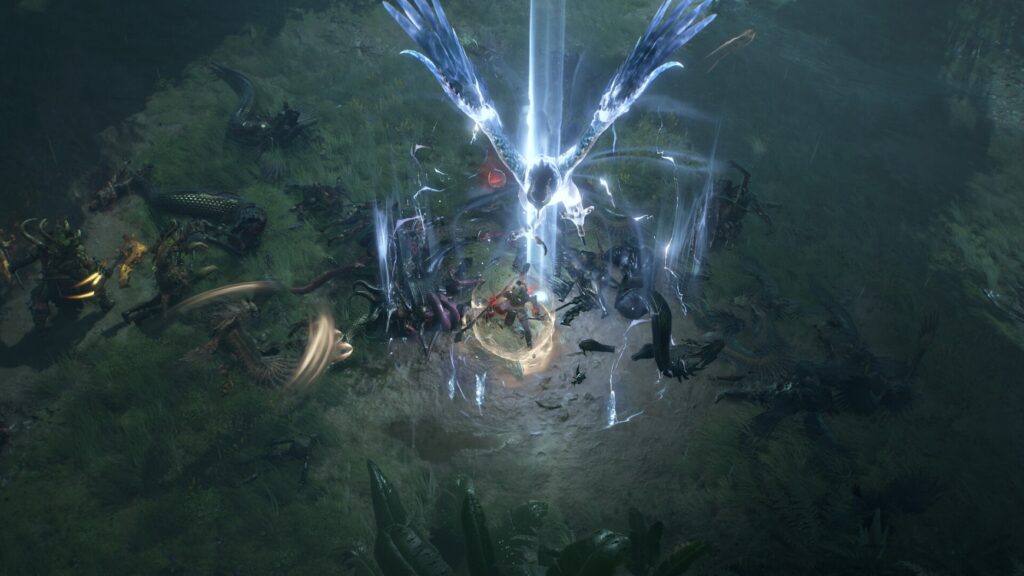

The new explorable zone is divided into several smaller areas, each with its own unique challenges and map completion rewards. The region is home to forgotten ruins that you can explore, uncovering the history and lore of the land, so there is plenty to see and do. The region also features a variety of dungeons where you can unlock new aspects for the Spiritborn class. Along with completing the intriguing new storyline centred around main character Neyrelle, Nahantu provides us with a vibrant and immersive region that offers a fresh blend of exploration, combat, and storytelling in a richly detailed environment. The music and sounds are immersive, and the fog-filled, dense jungle is exciting to explore with dangers lurking in every corner.
Another exciting feature is the addition of four mercenaries which are hireable NPCs that provide both passive and active abilities, enhancing the solo gameplay experience. You can unlock and upgrade mercenaries through key quests, and each mercenary comes with its own unique skill tree. This allows you to customise your chosen companions’ abilities and build to enhance your playstyle. There are quests to unlock each of the four mercenaries as well as a central hub for them.


The four mercenaries that you can recruit through your travels are:
- Raheir: A skilled warrior with a strong sense of justice. Raheir excels in close combat and can hold the line against tough enemies, making him an excellent tank for your party.
- Varyana: A cunning rogue with a talent for stealth and ranged attacks. Varyana can deal significant damage from a distance and provides valuable support with her traps and poisons.
- Aldkin: A powerful barbarian with immense strength and resilience. Aldkin is perfect for players who prefer a melee-heavy playstyle, as he can absorb a lot of damage and deal devastating blows in return.
- Subo: A mystical sorcerer with a deep connection to elemental magic. Subo can cast powerful spells from afar, providing both offensive and defensive support with his elemental abilities.
Progression updates added with Diablo IV: Vessel of Hatred and Season of Hatred Rising includes a new level cap of 60 and paragon levels increasing to 300, with shared paragon points across the realm, making progression faster and more streamlined. The expansion also introduces new difficulty settings like in Diablo 3, including four ultra-challenging torment difficulties, which offer greater rewards for those willing to take on the additional challenges.
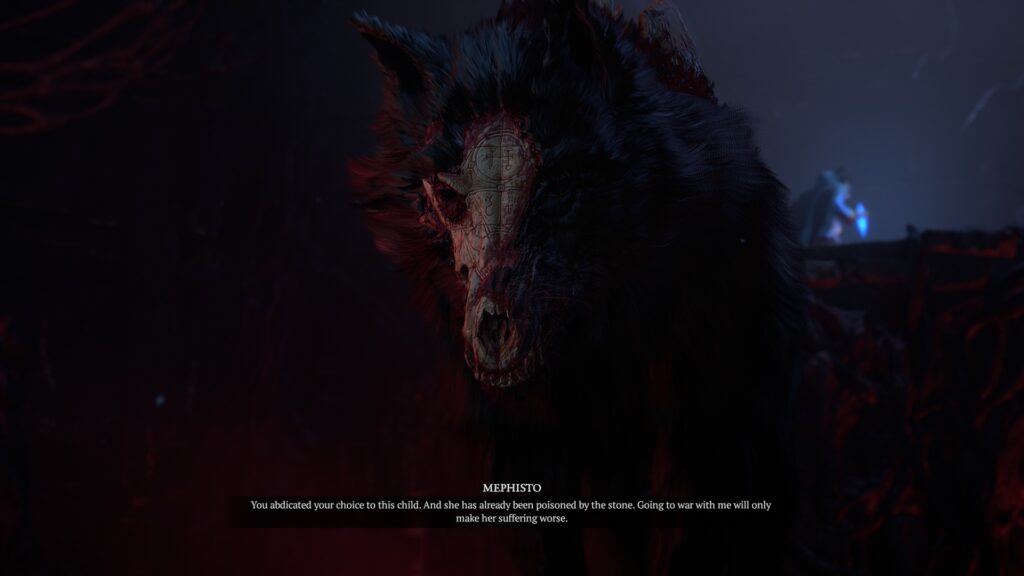
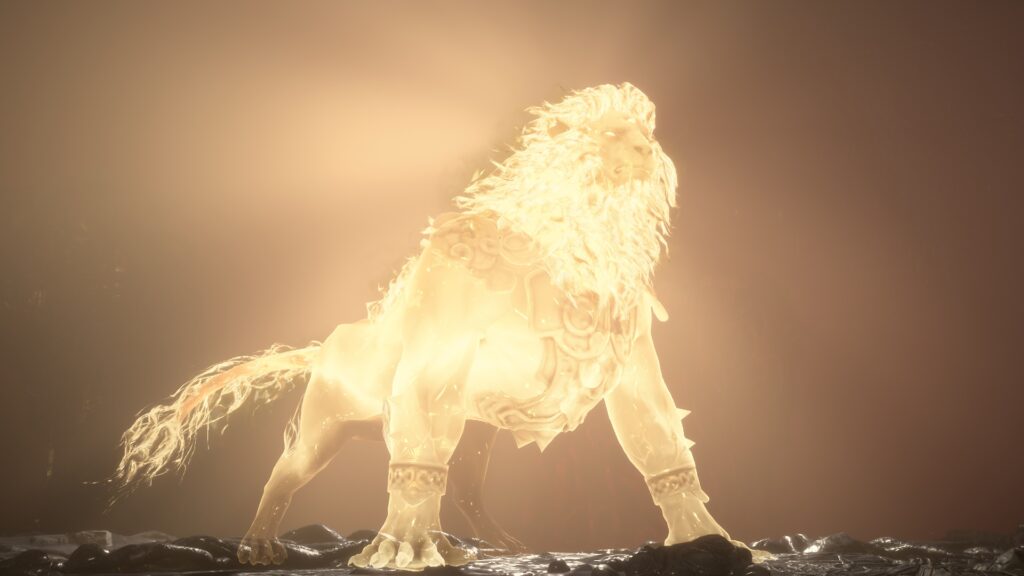
These updates ensure that players of all skill levels can enjoy the new content in Vessel of Hatred and continue to grow their characters, and of course that means new glorious loot drops. Your character power grows with ancestral Item drops at higher levels and Torment I and above and include greater affixes, giving you new ways to customise your build and conquer bigger challenges. You can also level your glyphs to legendary with all new bonuses, including radius increases and heaps more.
At endgame, you will be able to take on The Dark Citadel, a co-op challenge located in the bottom of a huge crater left by the mage clan civil war. The Dark Citadel is home to the Khazra, or Goat Demons, who are attempting to summon their overlord. You must work together to tackle difficult bosses and hordes of enemies, and rewards for completing the Dark Citadel are substantial, making it a worthwhile endeavour for those seeking an additional post-campaign challenge. You access Dark Citadel after reaching level 60 ad completing a quest from Priestess Cualli in Kurast City. After completing the quest the first time on your account, it unlocks for all your other characters.


Finally, Diablo IV: Vessel of Hatred reintroduces the runewords system, which was a fan favourite mechanic from Diablo 2. Runewords are created by combining two specific runes in an item with two sockets. Runes won’t drop for you until you get to the end of the Darkening Clouds storyline when you hand in the quest, Fundament of Faith. Each rune has a unique symbol, and when paired correctly, they unlock powerful abilities. There are two types of runes: Ritual Runes (yellow) and Invocation Runes (purple). Ritual Runes generate offerings through completing specific tasks, and when enough offerings are collected, the Invocation Rune activates special effects. Once you have finished the main campaign once, other characters that skip the campaign will have access to runes straight away.
Overall, Diablo IV: Vessel of Hatred is a fantastic expansion that adds a wealth of new content and features to the game. From the versatile Spiritborn class to the challenging Dark Citadel co-op activity, there’s something for every type of player to enjoy. With its new progression updates and seasonal content, Vessel of Hatred ensures that Diablo IV remains a compelling experience for the foreseeable future, and I am excited to see what is added to the game in the coming years.
This review utilised keys provided by Blizzard ANZ and Diablo IV: Vessel of Hatred is out now on Battle.net, Steam, Xbox and PlayStation.
#roundtablecoop

